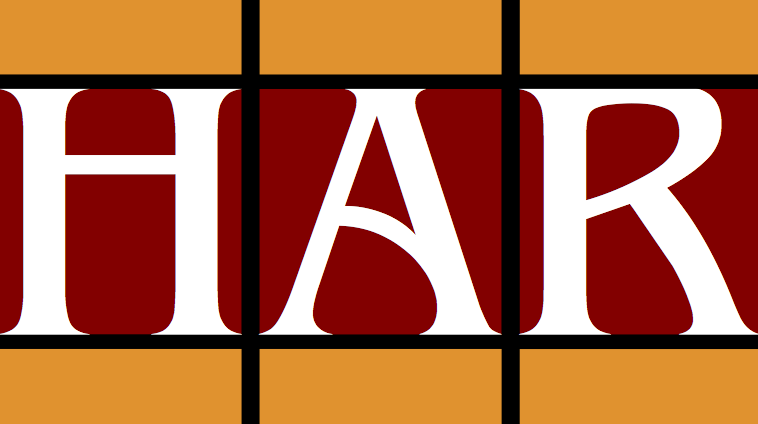... read more at

Philosophical positions of this person
Wangchuk quotes mkhas grub rje as stating, "In our system, Jé Rinpoché (rje rin po che, that is, Tsongkhapa) mentions that the Uttaratantra primarily comments on the meaning of those sutras that are in conformity with the middle-wheel teachings, such as the Tathāgatagarbhasūtra, Samādhirājasūtra, Jnānālokasūtra, Aṅgulimālāsūtra, Śrīmālādevīsūtra, and so forth." Wangchuk, Tsering, The Uttaratantra in the Land of Snows, p. 89.
Note that Wangchuk maintains that he developed this certainty later in his career.
- He quotes his Golden Rosary of Excellent Exposition as stating that the Mind-Only presentation of buddha-nature as, "the viewpoint explicated in the Uttaratantra." Wangchuk, Tsering, The Uttaratantra in the Land of Snows, p. 90.
- Though he later quotes his presumably final stance as: "In his Illuminating the Thoughts of the Madhyamaka, Tsongkhapa clearly states, "The great master Asaṅga also did not explain the Uttaratantra according to the Cittamātra School, rather he explicated it according to the Madhyamaka School." Wangchuk, Tsering, The Uttaratantra in the Land of Snows, p. 93.
Wangchuk cites Tsongkhapa's students and commentators on this issue:
- He quotes mkhas grub rje as stating, "In our system, Jé Rinpoché (rje rin po che that is, Tsongkhapa) mentions that... The content of the Uttaratantra is in conformity with Prāsaṅgika-Madhyamaka." Wangchuk, Tsering, The Uttaratantra in the Land of Snows, p. 89.
- And later on,, "Similarly, Chöwang Drakpé Pel states, "The All-knowing Jétsün (rje btsun, that is, Tsongkhapa) repeatedly made the roar of a lion amongst an assembly of scholars proclaiming that the ultimate view of the Abhisamayālamkāra and the Uttaratantra falls within the system of Prāsaṅgika-Madhyamaka." Wangchuk, Tsering, The Uttaratantra in the Land of Snows, p. 89.
Other names
- ཙོང་ཁ་པ་བློ་བཟང་གྲགས་པ་ · other names (Tibetan)
- བློ་བཟང་གྲགས་པའི་དཔལ་ · other names (Tibetan)
- བློ་བཟང་གྲགས་པ་ · other names (Tibetan)
- tsong kha pa blo bzang grags pa · other names (Wylie)
- blo bzang grags pa'i dpal · other names (Wylie)
- blo bzang grags pa · other names (Wylie)
Affiliations & relations
- Geluk · religious affiliation
- Ganden Monastery · primary professional affiliation
- bsod nams rgyal mtshan · teacher
- Red mda' ba gzhon nu blo gros · teacher
- Nya dbon kun dga' dpal · teacher
- Phyogs las rnam rgyal · teacher
- sgra tshad pa rin chen rnam rgyal · teacher
- Karmapa, 4th · teacher
- 'dul 'dzin grags pa rgyal mtshan · student
- 'gos lo tsA ba gzhon nu dpal · student
- 'jam dbyangs chos rje bkra shis dpal ldan · student
- mkhas grub rje · student
- Rgyal tshab rje dar ma rin chen · student
- spyan nga bsod nams bzang po · student





